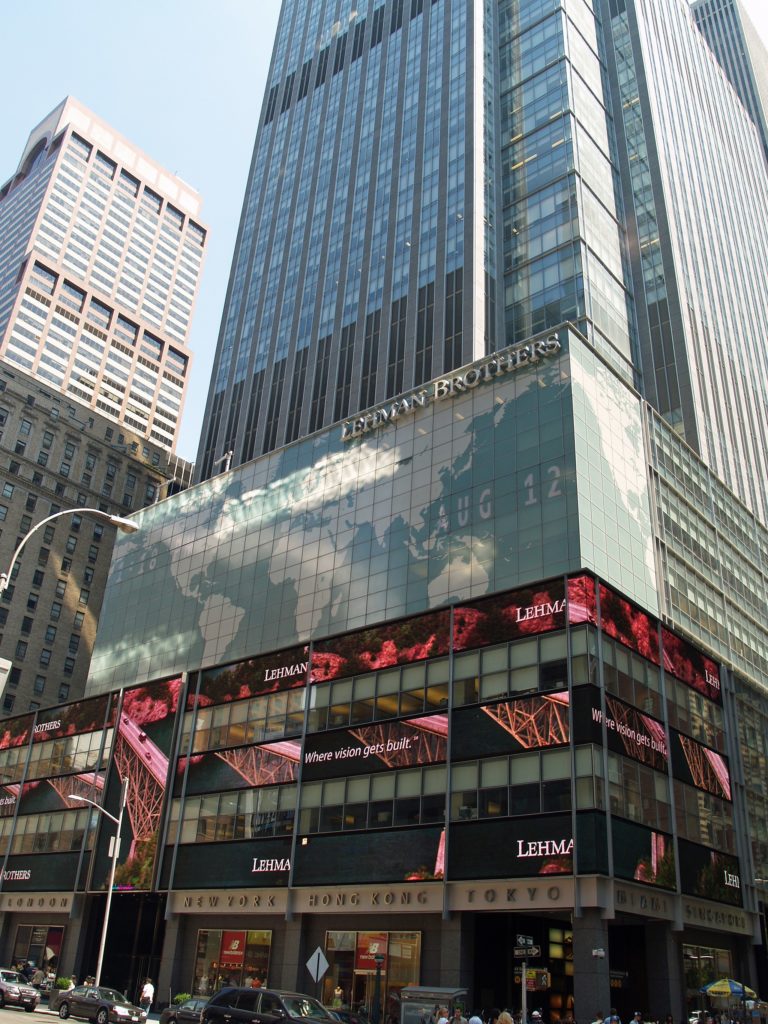The Case for Economic Anxiety

What if it’s 2008, but with corporate debt instead of mortgage debt and comparatively little room for monetary stimulus? That’s what my colleague, Andreas Kern, argues in a piece at The Conversation.
All American companies are currently sitting on a record US$15.5 trillion in debt, equivalent to about two-thirds of U.S. GDP. Unfortunately, this debt was not primarily used to finance expansion and growth but more commonly to jack up stock prices through dividends, stock buybacks and acquisitions.
The problem will come when the party stops – when interest rates begin rising and companies, particular the ones that took more risks, can’t refinance or pay back their debts. This is what turns a credit boom into a financial crisis, as happened in 2008.
The IMF estimates that half of corporate debt – excluding small businesses – is high risk, or junk rated, which has a much higher chance of default than investment grade debt.
What makes the situation even worse is that $660 billion of companies’ so-called leveraged debt is held in collateralized loan obligations that have been sold to a variety of investors and financial institutions. While this has helped keep rates even lower, a rise in delinquencies and defaults would cause losses in this market as well and a stampede of selling by investors.
Go read the whole, etc.


